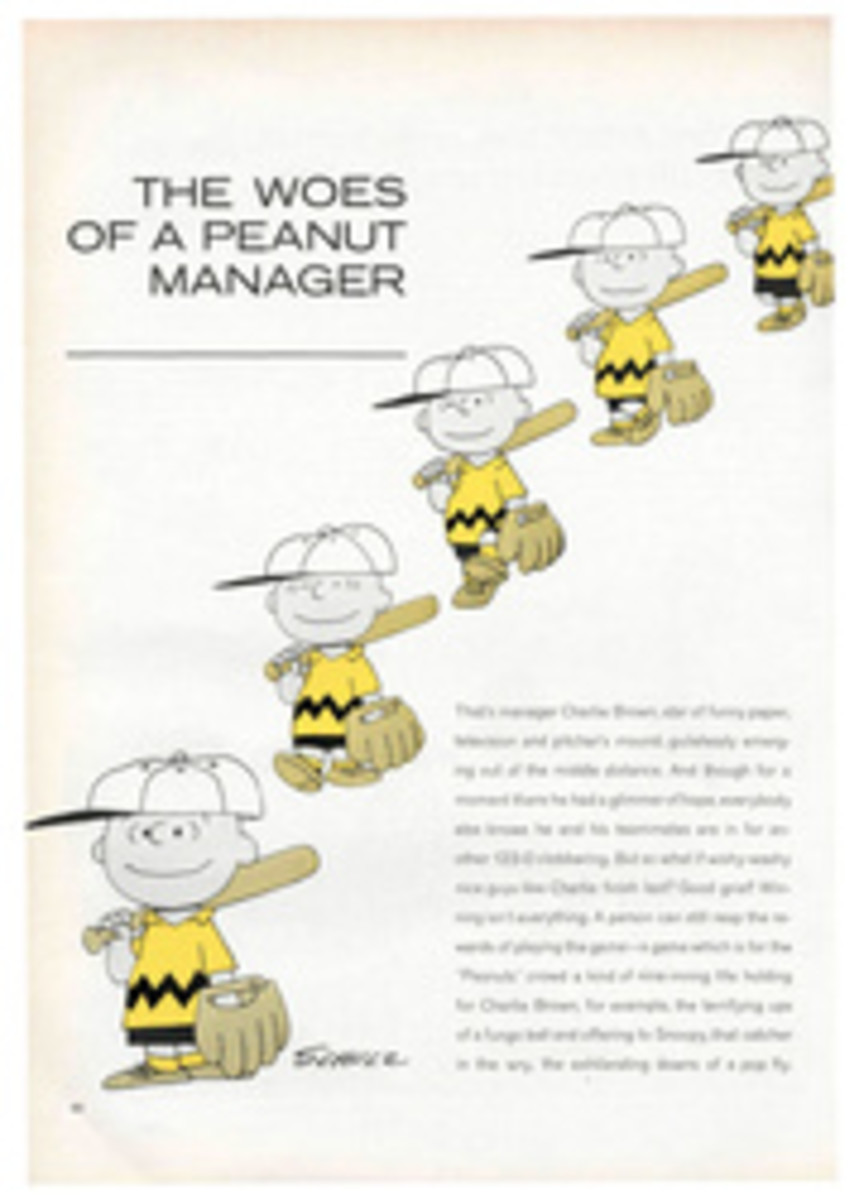
Surfers will have an easier load with the newly designed collapsible boards
The idea of making a surfboard less cumbersome by cutting it in half is not new, but up to now the problem has been to design a collapsible board that would really work. Herman Bank, a Jet Propulsion Laboratory staff engineer working on space projects, recognized the need for a two-part surfboard one day when the boards on his station wagon rack began to buffet and sway, nearly breaking loose in the swiftly moving traffic on Los Angeles' Santa Ana Freeway. Bank managed to pull over and secure the boards, but found himself worrying about the uninsurable risk and wondering if there was a safer way to carry the sticks.
What was needed, his two surfing sons told him, was a two-part board. A 30-pound stick would be easier to carry as two 15-pound halves, one under each arm. In two parts, a board could be stashed in locked car trunks rather than trussed on car racks for the trip to the surf. In two parts, the boards might be stored in house closets, rather than in easily entered garages, cutting loss by theft.
Bank began experimenting with designs. He reasoned that a joint across the middle must add a minimum of weight, be simple to construct and not impair the board's strength and rigidity. Accepting a transverse cut as the simplest approach, Bank finally devised a somewhat costly but high-strength joint of formed metal. Just as he was ready to build a prototype, he realized he had underestimated the sensitivity of aligning the two pieces of a board when it has a straight-cross cut. It was then he hit on the transverse V cut that solved the alignment problem, simplified the joint and reduced the cost. A V cut is made on a standard board, grooves are then scored on the matching faces and wooden bulkheads containing male and female fittings are inserted. These interlock when the halves are aligned, and a simple pin then secures them in place.
The results were so encouraging that Bank's family pressed him to see Hobie Alter, one of the country's largest custom surfboard manufacturers. Alter was impressed with the design. He immediately opened his shop to Bank. In addition, Alter pointed out a bonus feature of the Multiboard, as it now was called. "In time." he said, "manufacturers will be able to offer surfers half a board, which, when united with half of their conventional boards, will vary length and increase versatility."
The Multiboard (now patented by Bank) is available for order through eight major manufacturers. To convert a standard new or used board costs about $40 to $45.

